With so much unpredictability these days — everything from economic ups and downs to rapidly changing social principals — brands need to find new ways to connect with customers who are increasingly cautious and value-driven. The good news? A flexible, resilient PR strategy can help brands not only survive but thrive in times like these. As a specialist home and garden PR agency, here we look at how to build a PR approach that’s adaptable, transparent, and able to keep your audience feeling informed and connected, no matter what’s going on in the world.

1. Be real with your audience
People want brands they can trust. In today’s world, that means being open and honest about what’s going on behind the scenes — whether it’s supply chain issues, product changes, or even just a shift in brand priorities. When you’re upfront and real, customers are much more likely to stand by you, even when things are tough.
Top tip: Create a quick “transparency checklist” for your communications. Always explain why decisions are being made, address any concerns you anticipate, and aim for a straightforward, compassionate tone.
2. Have a crisis response plan in place
We all know that things can escalate quickly, especially on social media. A solid crisis plan can make a huge difference in how your brand navigates challenges. With a bit of prep, you can ensure your team responds quickly and effectively when issues come up. This includes setting roles, choosing potential spokespersons, and even pre-drafting a few statements that you can quickly adapt.
Top Tip: Build a “crisis response” team that meets every few months to review the latest protocols and run through a few practice scenarios. The more prepared your team is, the more confidently you’ll be able to respond when something real comes up.
3. Tune into what your audience cares about
In times of uncertainty, understanding your customers’ needs, worries, and values is key. Social listening tools can give you insight into what people are saying, how they’re feeling, and what they care about. This lets you tweak your messaging in ways that feel more thoughtful and relevant to your audience.
Top Tip: Use tools like Sprout Social, Hootsuite, or Brandwatch to keep tabs on mentions of your brand and track trending topics. Make social listening a regular part of your team meetings so you can stay on top of shifting audience sentiments.
4. Stay flexible with your messaging
In an unpredictable world, rigid messaging just doesn’t work. Messages that were effective last year (or even last month) might not resonate today. For example, during an economic downturn, talking about luxury might come across as out of touch, whereas promoting affordability or long-term value could hit the mark.
Top Tip: Set up a regular check-in to review your messaging and make small adjustments to fit the current climate. This helps keep your brand relatable and relevant.
5. Show what your brand stands for
More than ever, people want to support brands that share their values. Purpose-driven PR—whether it’s focused on sustainability, inclusivity, or community support—creates a meaningful connection with audiences. Just make sure these values feel natural to your brand and are backed up with real action, not just words.
Top Tip: Make purpose-driven initiatives part of your PR plan. Whether it’s creating a sustainability campaign or supporting local causes, build it into your outreach so customers see what you stand for and how you’re making a difference.
6. Build relationships that last
Maintaining strong connections with media contacts, influencers, and loyal customers is invaluable, especially in times of uncertainty. Check in consistently and share updates, tips, or even exclusive insights with them. These relationships make it easier to amplify your message authentically and ensure that your brand stays top of mind.
Top Tip: Set aside time each month for building connections — whether it’s a quick note to a journalist, a thank you to an influencer, or an update to loyal customers. Personal, thoughtful interactions go a long way in nurturing these relationships.
7. Measure, learn, and keep adapting
A resilient strategy doesn’t just rely on instinct — it’s backed by data. Regularly checking in on campaign performance and key metrics will show you what’s working and where you can improve. Track things like brand sentiment, social engagement, and media coverage quality to keep refining your approach.
Top Tip: Hold quarterly review sessions to go over metrics and identify trends. This gives you the space to celebrate what’s working and make adjustments as needed.
Building a resilient PR strategy is all about being flexible, transparent, and tuned into what matters to your audience. While it might feel tricky at times, it’s also a chance to build stronger relationships, show what your brand stands for, and gain trust that lasts. By staying adaptable and purpose-driven, your brand can weather whatever comes next with confidence—and connect with your audience in meaningful ways.
A resilient PR strategy isn’t just a safety net; it’s an investment in your brand’s future. If you’d like help with your strategy get in touch! As a specialist home and garden communications agency, we can provide help with PR strategies and media relations, social media management and asset creation, copywriting, email campaigns, influencer marketing, and so much more!





